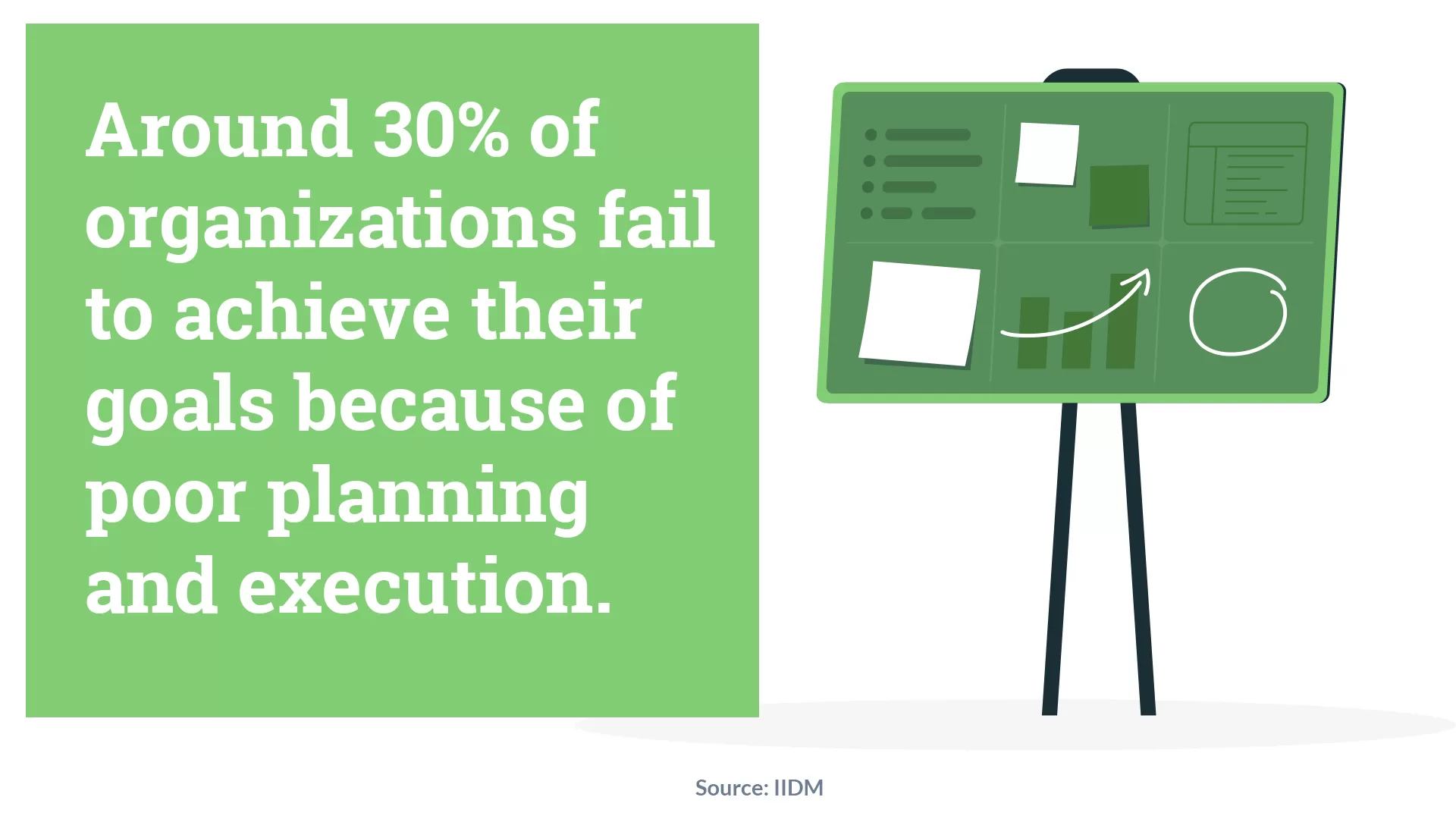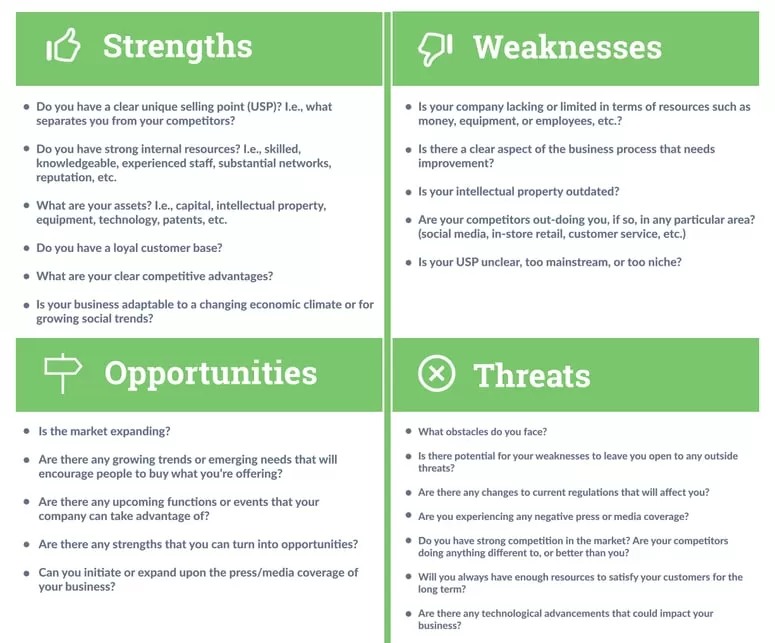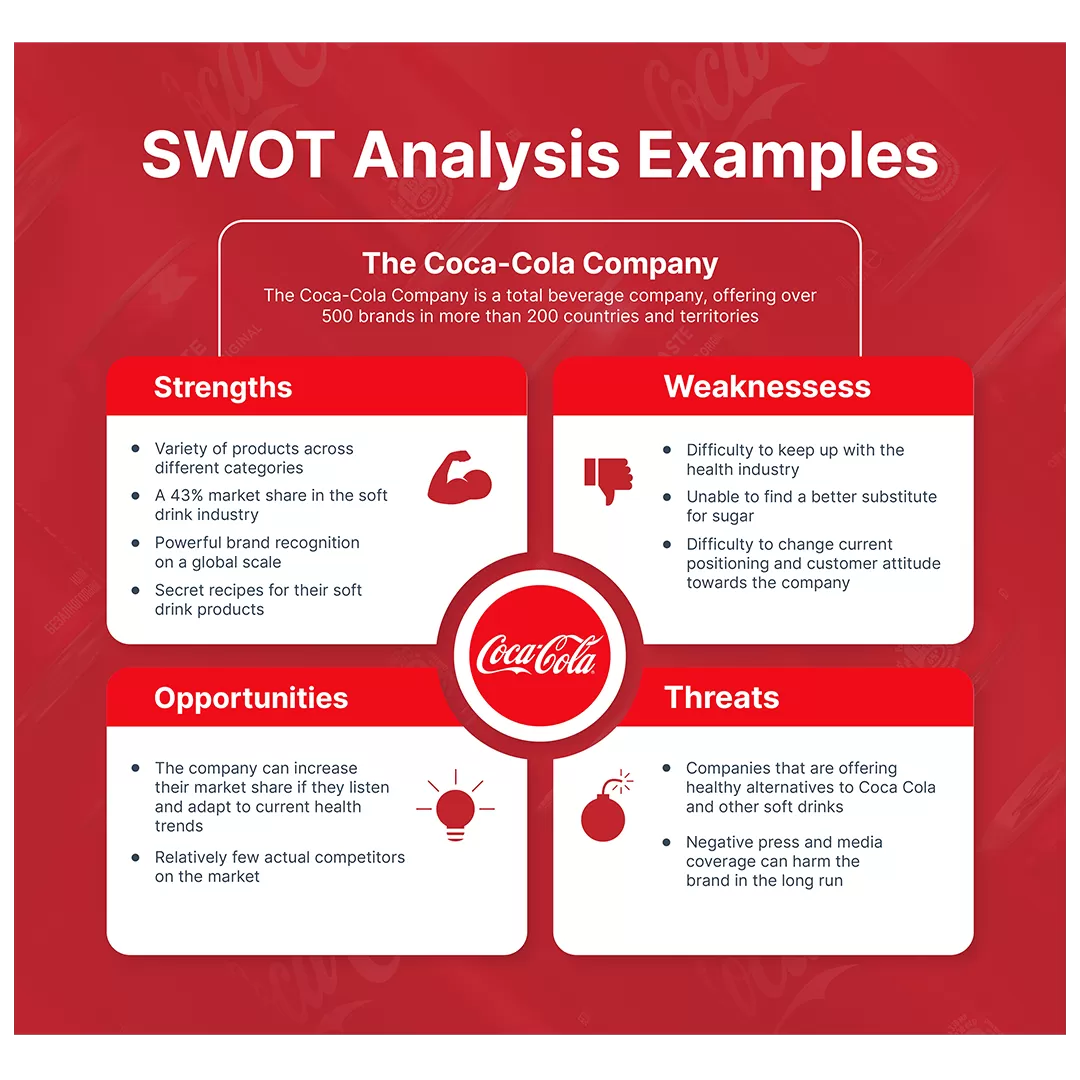In today’s fast-paced business environment, the need for brands to consistently evaluate their actions and processes is more critical than ever. One of the most effective approaches to achieving this is through implementing a SWOT analysis. But what exactly is a SWOT analysis? If you’re curious to learn or looking for a refresher, you’ve come to the right place.
What is a SWOT Analysis?
SWOT stands for Strengths, Weaknesses, Opportunities, and Threats. This method, credited to Albert Humphrey at Stanford Research Institute during the late 1960s and 1970s, serves as a powerful framework for assessing a company’s various strategic elements. A well-executed SWOT analysis not only helps gauge the current status of a business but also acts as a roadmap for future growth. It outlines where a company excels, where it can improve, and recognizes potential opportunities along with challenges faced in the market.
To put it simply, every company must strive to maximize its opportunities and minimize its drawbacks to thrive in a competitive landscape. Regularly engaging in SWOT analysis ensures a business remains proactive and responsive to market changes and customer preferences.
Diving Deeper into Each Aspect of SWOT Analysis
Strengths
Strengths are the internal attributes and resources that support a company’s success. They distinguish a brand from its competitors and can include unique manufacturing processes, exceptional customer service, a robust social media presence, or highly skilled employees. Consider tangible assets as well, such as technology or prime office locations.
To identify strengths effectively, put yourself in your customers’ shoes. How do they perceive your brand? A thorough understanding of what makes your business flourish can empower you to capitalize on these strengths.
Example:
“We enjoy a loyal customer base that regularly engages with our brand.”
Questions to Consider:
- What do your customers appreciate most about your company or product?
- What unique resources do you possess that competitors lack?
- What defines your unique selling proposition (USP)?
- In what ways do you outperform others in your industry?
Weaknesses
Acknowledging weaknesses requires honesty and self-awareness. The objective of a SWOT analysis is to identify areas where improvement is necessary. Assess your branding, employee skills, customer service, and overall performance.
Conducting a competitor analysis can help reveal where rivals may be excelling compared to you. Understanding these vulnerabilities allows for the identification of strategies to mitigate them.
Example:
“Our team lacks employees with the requisite skills that drive us toward success.”
Questions to Consider:
- What reasons do customers cite for ceasing to buy from you?
- What regular complaints do you get from your clients?
- Where are the obstacles in your sales funnel?
- Are your employees fully trained and knowledgeable?
Opportunities
Opportunities refer to favorable conditions that could help advance your business. They often arise from external factors, such as market trends, social changes, competitor failures, or technological advancements.
Recognizing and acting on opportunities allows companies to thrive and achieve their long-term goals.
Example:
“We are relocating our headquarters to a more strategic location, improving access to top talent and reducing commute times for existing staff.”
Questions to Consider:
- How can we upgrade our current processes?
- Are there forthcoming legislative changes we could leverage?
- What new technologies can we implement?
- What emerging trends can we adapt to enhance our offerings?
Threats
Threats encompass external obstacles that may negatively impact your business. This can include market shifts, supply chain disruptions, behavioral changes in consumers, or the actions of competitors.
Regularly assessing threats can help companies remain vigilant against potential issues, allowing them to strategize effectively.
Example:
“A new competitor has entered the market, offering a similar product at a lower price.”
Questions to Consider:
- Are there competitors that pose a significant threat?
- Are key employees satisfied with their compensation and benefits?
- Could a natural disaster affect production or distribution?
- Have there been any missteps that could lead to legal complications?
Example of a SWOT Analysis: The Coca-Cola Company
To illustrate a real-world application of a SWOT analysis, let’s consider Coca-Cola, a prominent global brand that continuously adapts its strategies to maintain its market position.
Tips for Creating a Successful SWOT Analysis
Get to Know the Template:
The traditional SWOT template consists of four quadrants titled Strengths, Weaknesses, Opportunities, and Threats. Start by filling in each box with pertinent insights, following it up with actionable strategies.Clearly Identify Goals & Objectives:
Establishing clear, S.M.A.R.T (Specific, Measurable, Achievable, Relevant, Time-bound) goals will provide direction and context to your SWOT analysis. This clarity ensures each analysis is relevant and actionable.Conduct Brainstorming Sessions:
Gather your team and encourage diverse perspectives. Different departments may offer unique insights that can enhance the quality of your SWOT analysis. This collaborative approach fosters creativity and team cohesion.Regularly Analyze Your Competitors:
The competitive landscape can significantly impact your organization. Conducting regular competitor analyses helps ensure you remain informed about market trends and strategies.Key questions to consider include:
- What products or services do they offer?
- Who is their target audience?
- What pricing strategies do they employ?
- Which marketing channels do they utilize?
Once you’ve completed your SWOT analysis, it’s crucial to translate insights into action. Each identified strength or opportunity should translate into specific strategies aimed at driving growth and mitigating risks.
Conclusion
A SWOT analysis transcends mere business evaluation; it’s a pathway to strengthening reliability, transparency, and ultimately, customer trust. Regardless of the size of your company, whether a budding startup or a Fortune 500 entity, engaging in a thorough SWOT analysis enables a fact-based examination of your business. It unveils fresh ideas, perspectives, and pathways that can guide your organization toward its long-term goals.
By adhering to these guidelines and infusing creativity into your SWOT analysis, you’ll not only enhance your company’s strategic vision but also foster a commitment to continuous improvement that is essential for sustained success.
 Around 30% of organisations fail to achieve their goals because of poor planning and execution.
Around 30% of organisations fail to achieve their goals because of poor planning and execution.
 Research shows that 70% of all digital transformation initiatives don’t reach their stated goals due to a lack of collaboration, support, and planning.
Research shows that 70% of all digital transformation initiatives don’t reach their stated goals due to a lack of collaboration, support, and planning.


